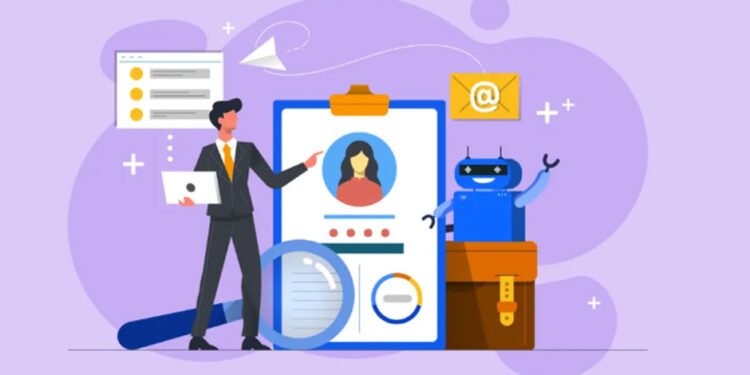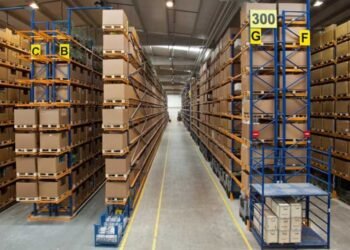Efficient onboarding shapes how new employees adapt to company culture and productivity expectations. Many organizations struggle with manual account setups, delayed access, and scattered approval processes. Let’s explore how automation transforms employee onboarding into a smooth, error-free experience.
Automation for Faster Account Setup
Manual onboarding is often slow and prone to errors. With employee onboarding software, user accounts and permissions can be assigned across multiple systems within minutes. This automation reduces IT workloads and ensures every employee receives the correct access on time. The outcome is improved consistency, higher accuracy, and reduced onboarding friction.
The connection between HR platforms and IT directories helps ensure smooth synchronization. When HR updates employee data, the system automatically adjusts access based on predefined templates. No duplicate entries or missed updates occur, keeping records consistent across tools. This unified approach supports both security and operational efficiency.
Access Control and Security Improvements
Automated user strengthens data protection. Access rights are tied directly to job roles, limiting unnecessary exposure to confidential information. When an employee changes roles or exits the company, access is instantly adjusted or removed. This prevents forgotten accounts from creating potential security risks.
IT teams also benefit from centralized access visibility. With detailed audit logs, they can verify who has access to which systems at any moment. This clear oversight ensures compliance with internal and external data regulations.
Efficiency Gains for IT and HR Departments
Automation removes repetitive account setup tasks that burden IT staff. Freed from manual updates, IT can focus on strategy and problem-solving. HR benefits as well through accurate data transfers and transparent workflows. The result is better collaboration and a smoother onboarding timeline.
Key Advantages for Operations Teams:
- Less manual entry across business systems
- Shorter onboarding and offboarding cycles
- Improved data accuracy and access governance
- Stronger alignment between HR and IT functions
Integration with Core Business Systems
Automated provisioning works best when linked to the tools already in use. These systems connect to HR software, identity directories, and cloud apps to maintain a single source of truth. Data updates in one place instantly reflect across all connected platforms. This cohesion ensures that new hires and internal transfers always have appropriate access.
Unified Access Through System Connectivity
Connected systems eliminate the need for duplicate updates or manual adjustments. A role change in HR immediately adjusts permissions across platforms without delay. This coordination supports business continuity and minimizes onboarding downtime. As a result, both employees and IT teams experience fewer disruptions.
Tracks Results and Refining the Process
Automation success depends on consistent measurement. Metrics such as onboarding time, accuracy of access, and compliance rates help identify system performance. Continuous monitoring allows organizations to refine workflows and close any gaps. Regular evaluation keeps provisioning aligned with operational goals.
Employee feedback adds further insight into how processes can improve. Updated templates, documented standards, and periodic audits strengthen reliability. Over time, these refinements create a system that grows more precise and adaptable. Each improvement contributes to faster, safer, and more efficient onboarding.
Adopting employee onboarding software with automated user provisioning delivers measurable gains in accuracy, speed, and data control. It minimizes human error while creating a consistent experience for new hires. The alignment between HR and IT ensures every user receives timely access while maintaining system security. Automation transforms onboarding into a dependable and scalable process that supports long-term business growth.












